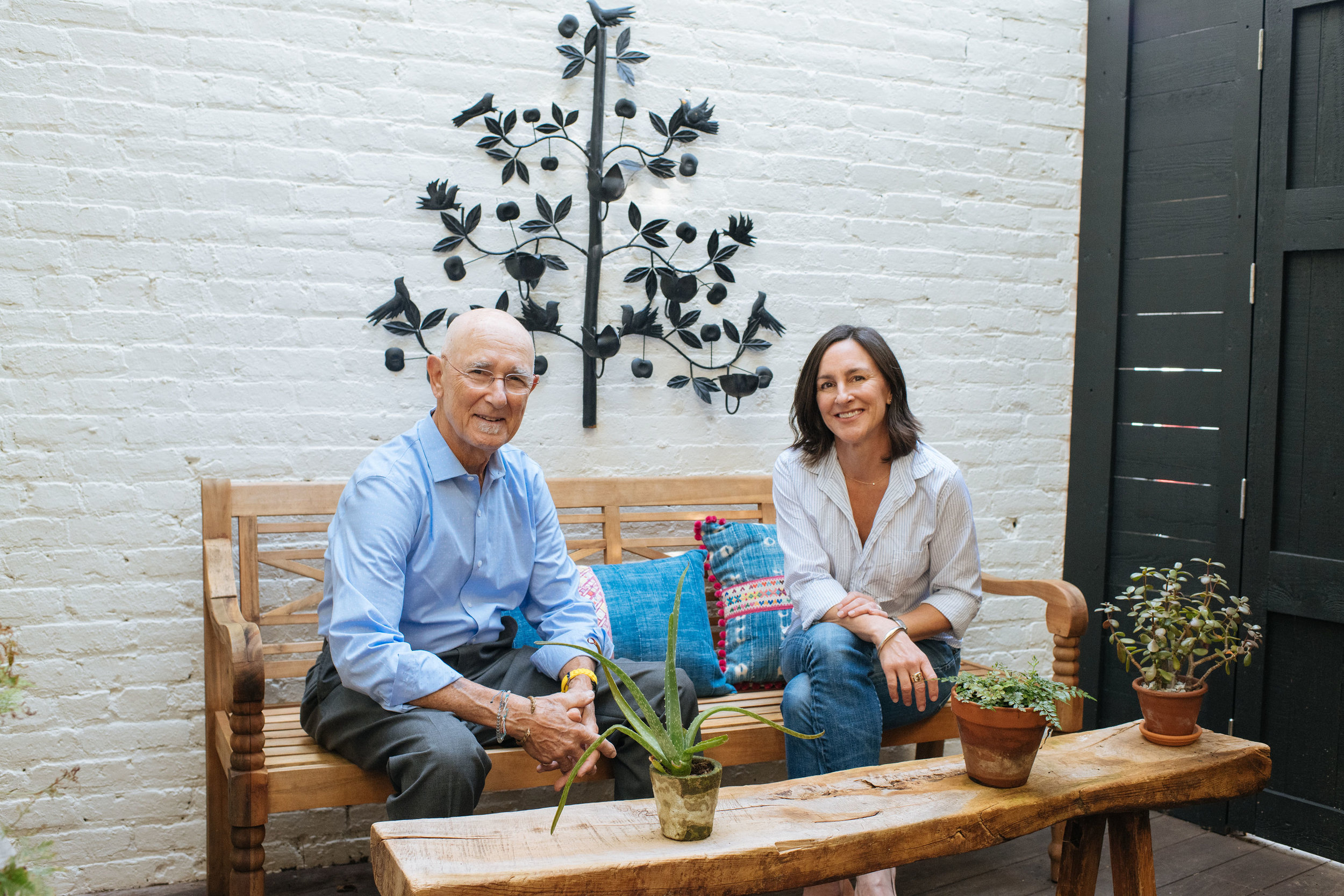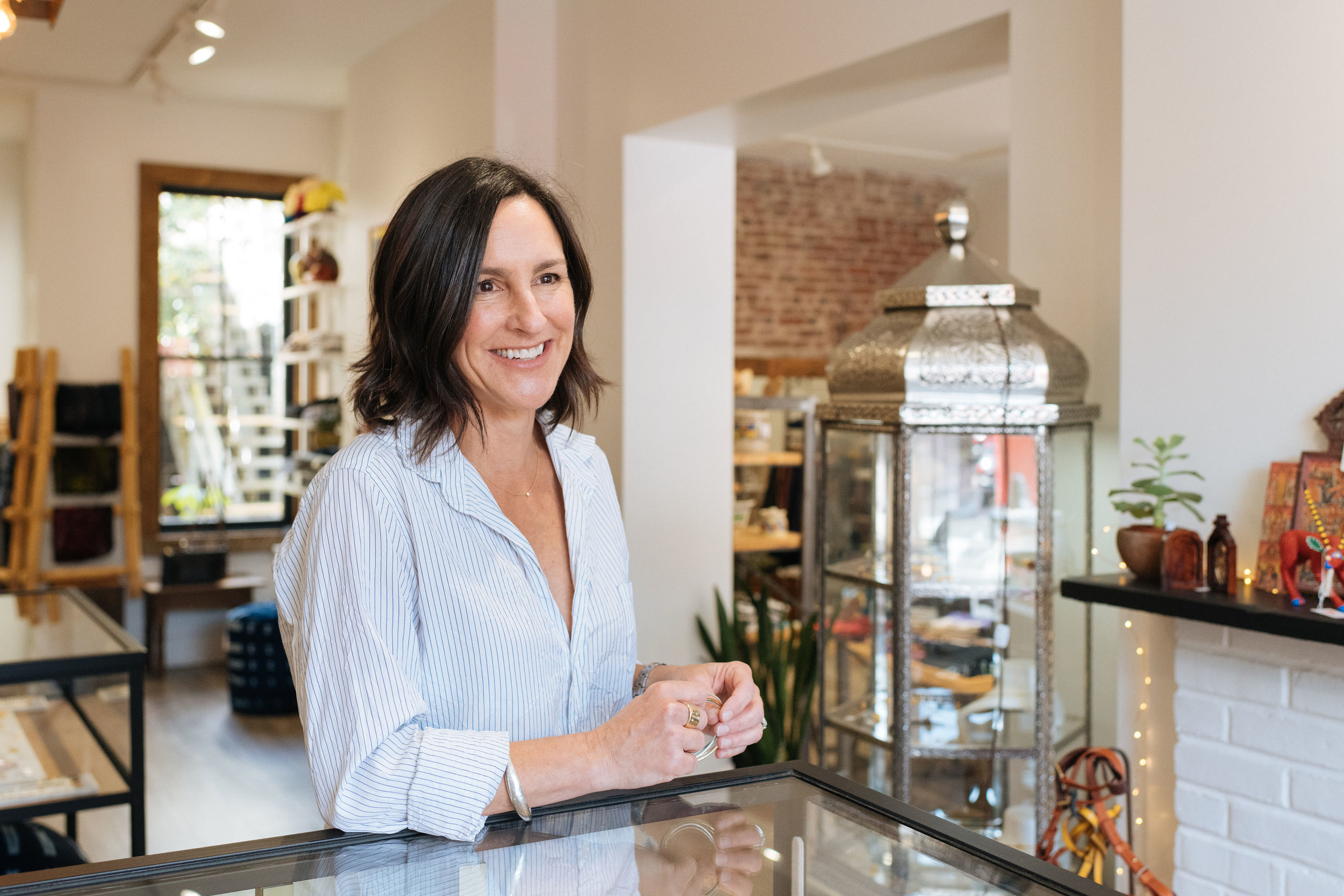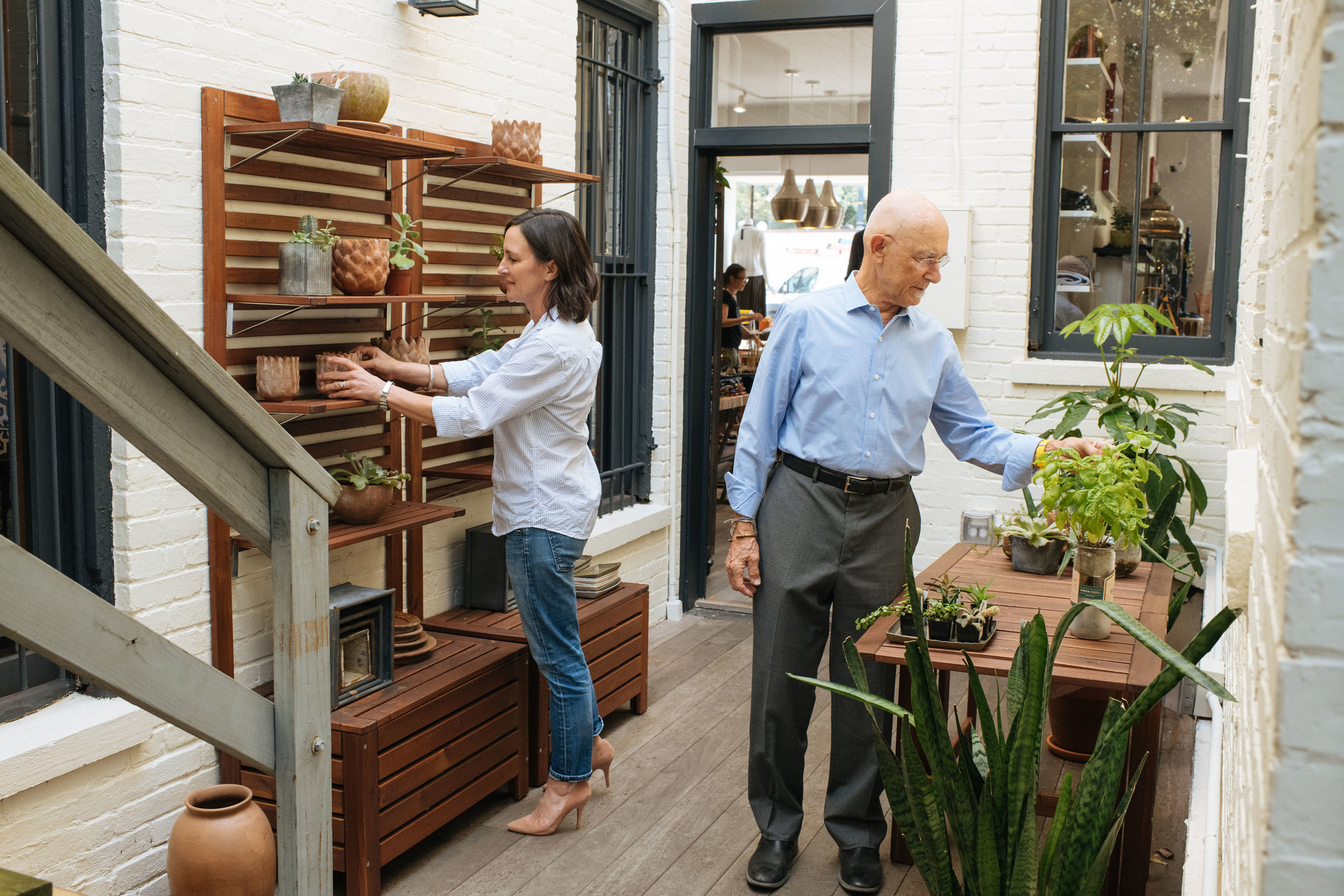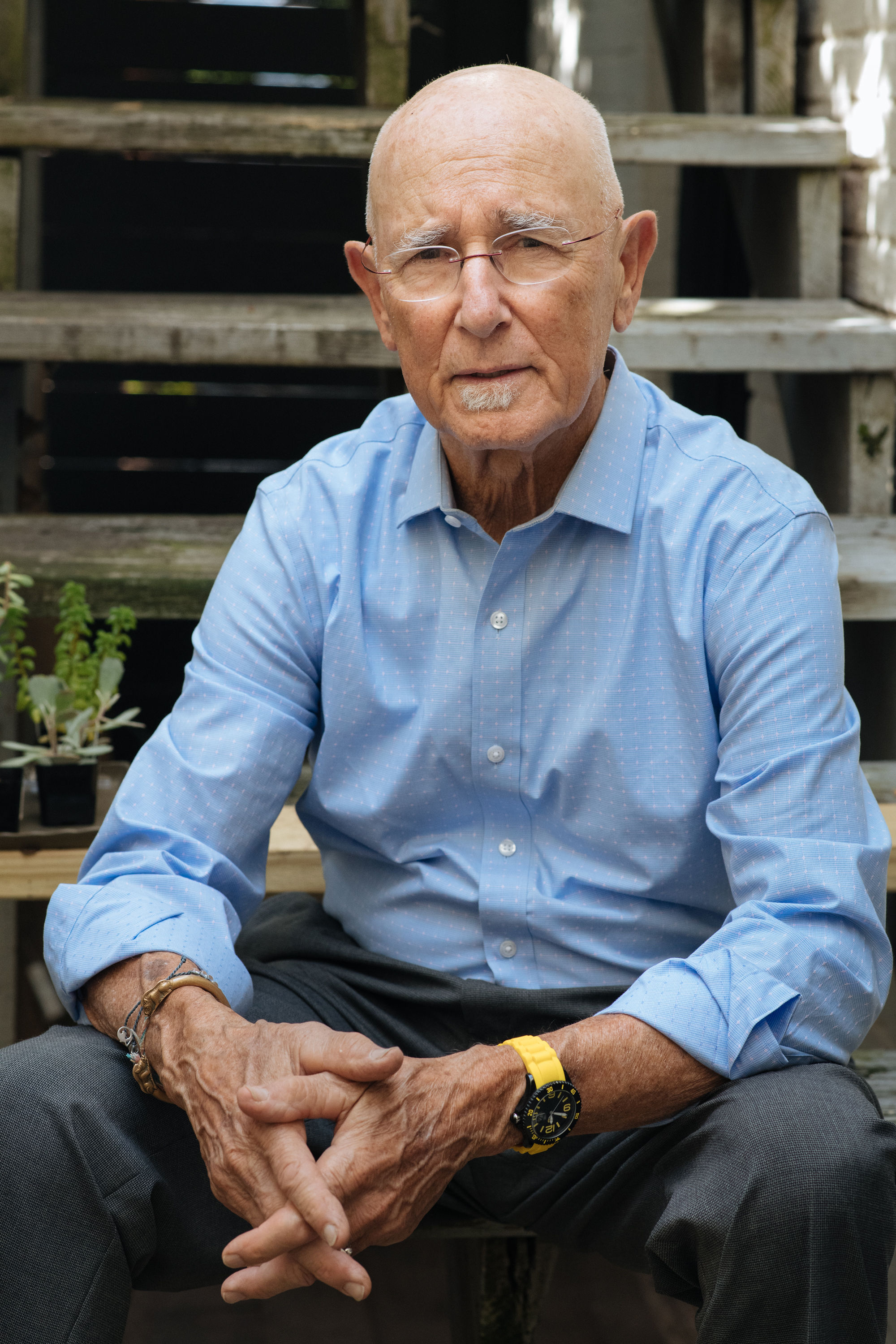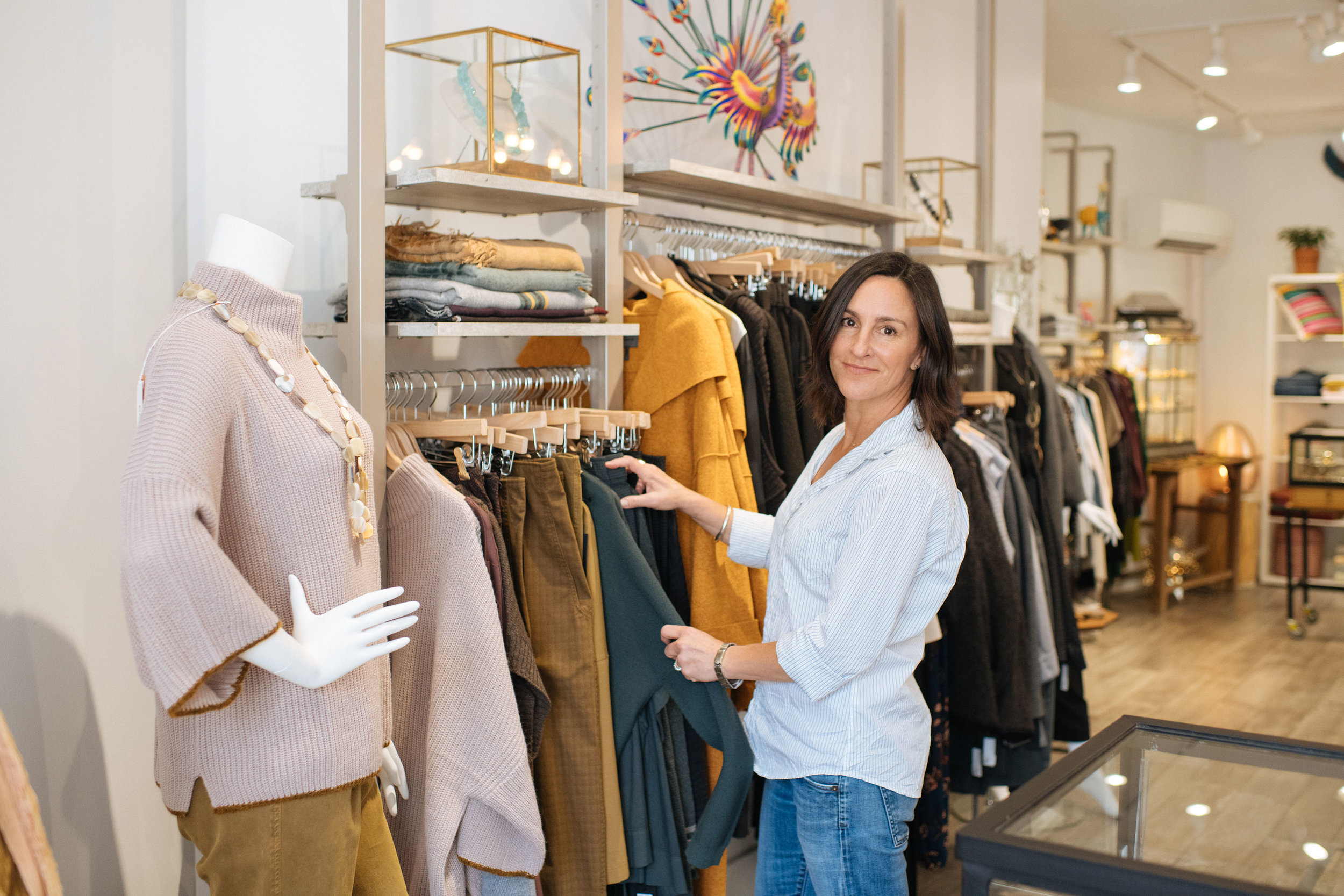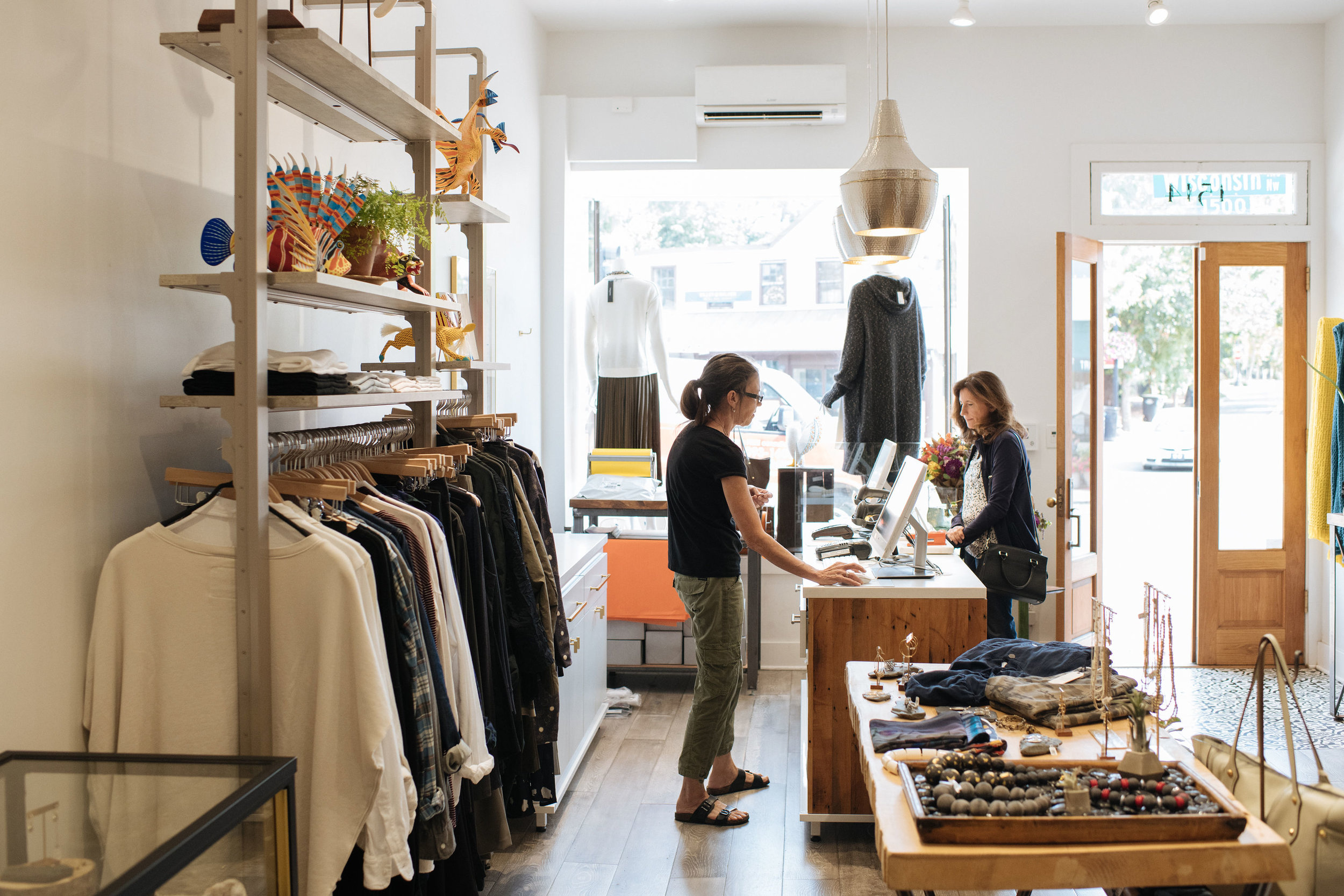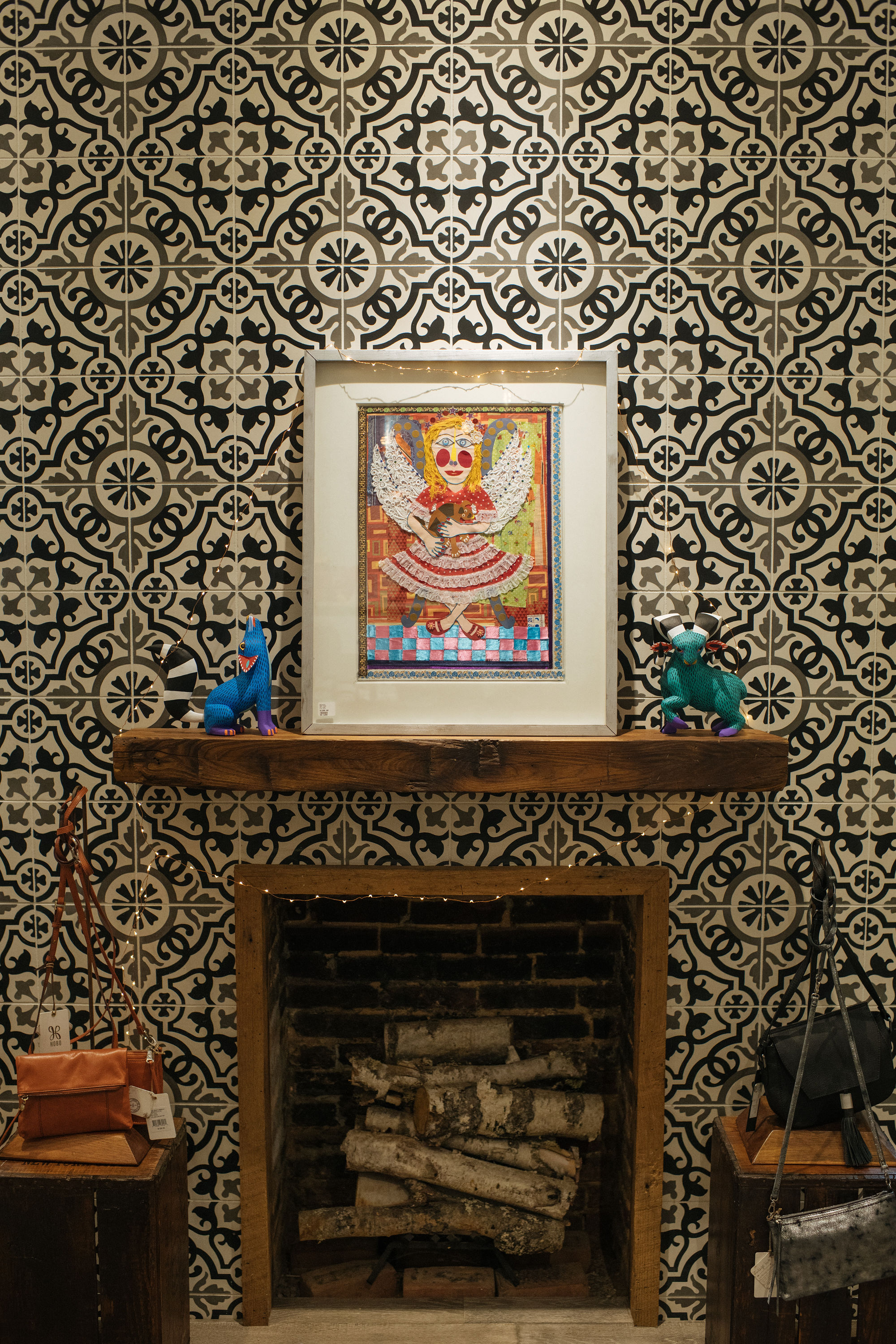‘We’re Looking for that Hidden Gem We Can Bring to the Store’
While most of his friends spent their summers in DC, John Hays was in the back of his parents’ station wagon, driving around Mexico for three months.
Betty and Bill fell in love with the country in the early 1950s—enchanted by the crafts, colors, clothes, and jewelry. At the time, they owned an automatic laundry in Georgetown where Hugo Boss now stands, but were inspired to change course after one trip to Mexico.
‘My parents called an architect friend of theirs while they were there and said, ‘Would you find us a store and we’ll decorate it,’’ John says. ‘He found this store for rent on Wisconsin Avenue and they bought things and drove them back in the station wagon. They decorated the store, named it The Phoenix, and off they went. After that, my brother and I would go all over with them. It was an amazing way to grow up.’
Although John spent summers in Mexico, he had other career aspirations—serving in the Peace Corps before moving to Maine, starting a family, and running group homes and halfway houses for 15 years.
When his parents were finally ready to retire, they suggested John try the business for a year. If he didn’t like it, they’d sell.
‘My wife and I decided we would come down and see how it felt back in Washington. And here we are.’
Nearly 65 years since Betty and Bill’s first trip to Mexico, The Phoenix is one of Georgetown’s oldest businesses—now run by John and his daughter, Samantha.
Much like her father, she, too, felt pulled to leave DC after college—but after seven years as a ‘ski bum’ in Aspen, returned to her roots.
‘I started working at The Phoenix when I was 13 to save for a car, and I always knew I would come back and be in the business. It was a really nice dynamic to be able to work with my parents and go on buying trips. We did a lot of travel in Mexico together before I started my own family. We sourced from many of the artists and artisans who we still work with today.’
In its first iteration, The Phoenix featured a sparse collection of goods. By the time John and Samantha began running the business, the store was phasing out of Mexico.
‘People weren’t wearing Mexican clothing anymore, so we left that completely and moved into clothing from the US and Europe,’ John says. ‘The jewelry also became more expansive, but we kept the Mexican folk art. People who’ve known The Phoenix since the beginning say, ‘Are you a Mexican store?’ We haven’t been for years—our business is really clothing and jewelry—but we have a flavor of that, and we still go once a year.’
‘The hard part about our story is having been here so long, people have that original impression of us,’ Samantha adds. ‘Mexico is always going to be where our heart is, and we’re so fortunate to be able to travel there and share that culture. But having renovated the space, it gives us the opportunity to showcase all of the diverse artists we’re working with in a cleaner, open, more modern and impactful way.’
Today, The Phoenix works with a collection of artisans who fit within a sustainable model—from local painters who make note cards, to silk scarf designers based in Cleveland.
‘We really like to know where things are coming from and work as directly with the source as we can,’ Samantha says. ‘In this Internet age, it’s really important to have things you can’t find online, and it’s important to support your communities. Having seen the impact of our purchasing on artists in Mexico—helping to transform towns and getting people familiar with their art and that craft—it lifts everybody up.’
In addition to fostering relationships with the artisans, John says The Phoenix has stayed in business because they adapt to consumer trends. And—perhaps most importantly—they follow their gut.
‘You have to be aware of what people are buying—which is why we shifted when things were trending away from Mexico. But really, it’s our taste, and finding things you like. First, you have to love it. We all travel a lot. I just got back from Vietnam, and when I’m there, I’m also looking for possible resources. We did a trip to Thailand, and ended up with wonderful silk shirts. We just happened to walk down the street and make that connection. You can find things you love and actually buy them.’
Samantha says her family’s wanderlust came from her grandmother. Betty had a deep love for adventure, but her husband’s polio limited their travel. When he passed away in 1978, she experienced her own rebirth.
‘Growing up I saw her travel all over the world—and the more remote places, the better,’ Samantha says. ‘She had a real love of archaeology, and would work on archaeological digs. I think she instilled that in my parents and me as well. Wherever we go, we’re looking for that hidden gem we can bring back to the store.’
Hidden gem or not, owning a small business has become increasingly challenging in an age where customers can look up the price of an item from the palm of their hand. John and Samantha say it’s crucial for Georgetown to remain an environment where multi-generational shops like The Phoenix can continue to survive and bring in new customers.
‘We’ve done many events over the years to try and inform our customers about the many great small businesses around us,’ Samantha says. ‘They may not know there’s an incredible greeting card store up the street, or a little children’s boutique down the block. If they do well, we all do well. It’s a community minded feeling.’
‘The Phoenix may not be Mom-and-Pop,’ says John, ‘but it’s still Pop-and-Daughter.’
